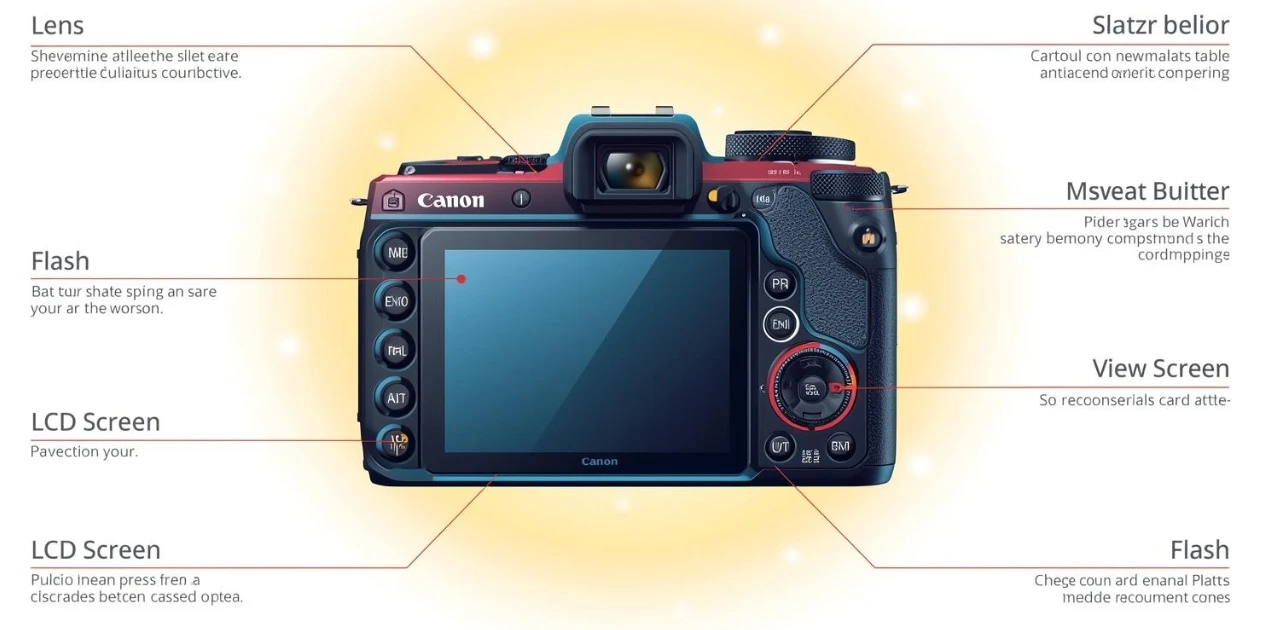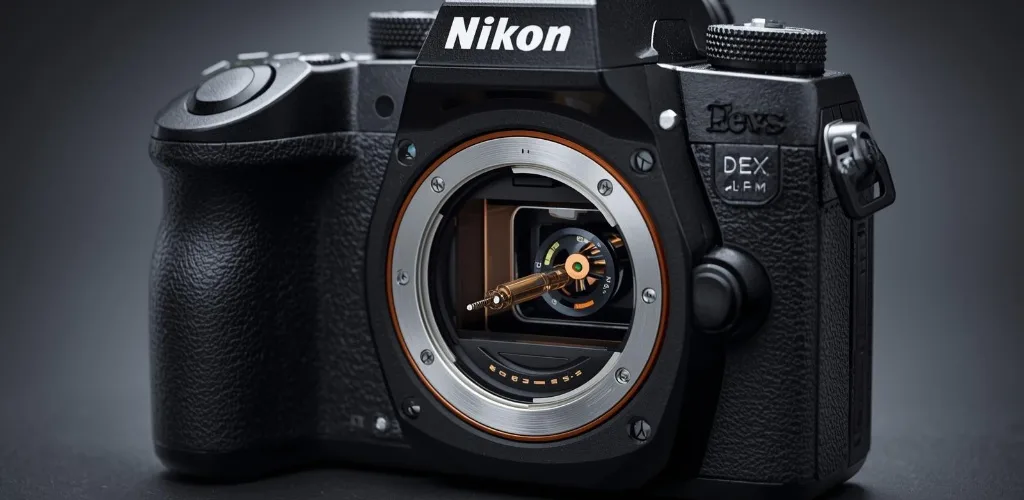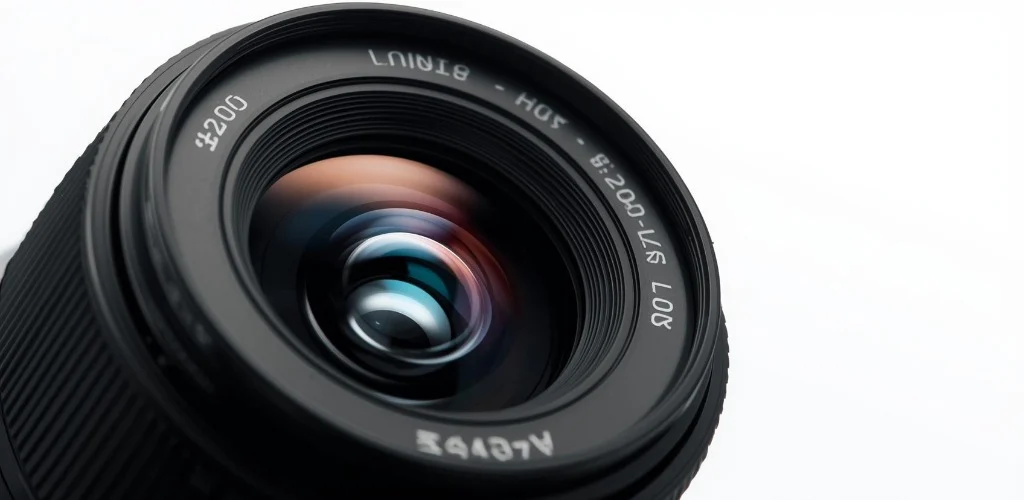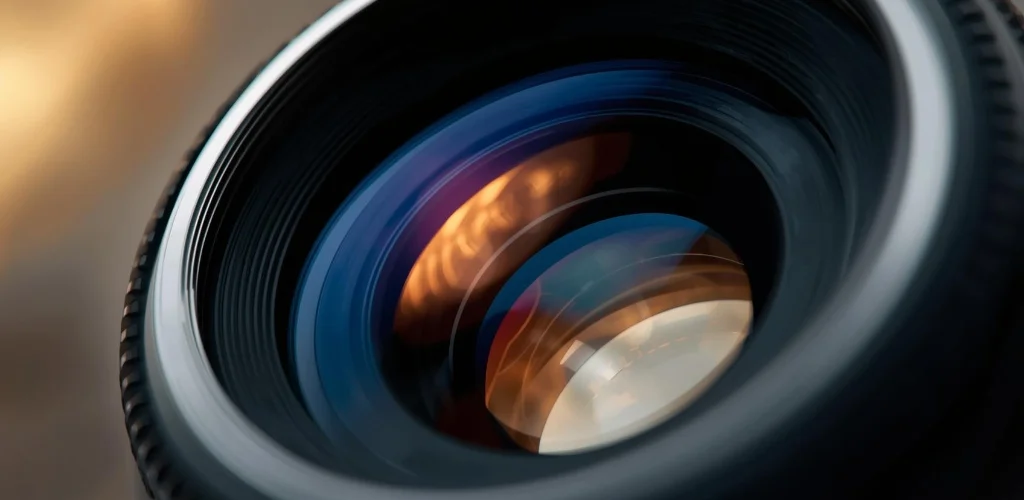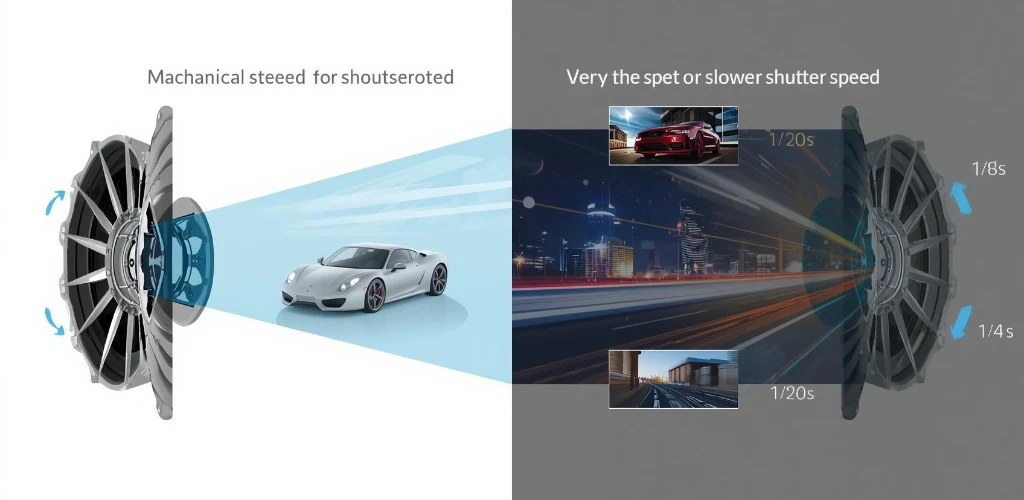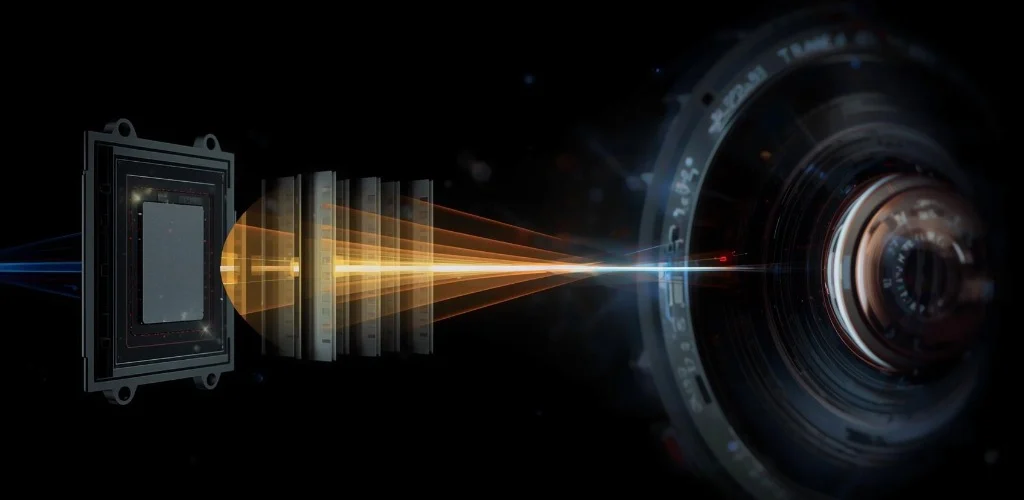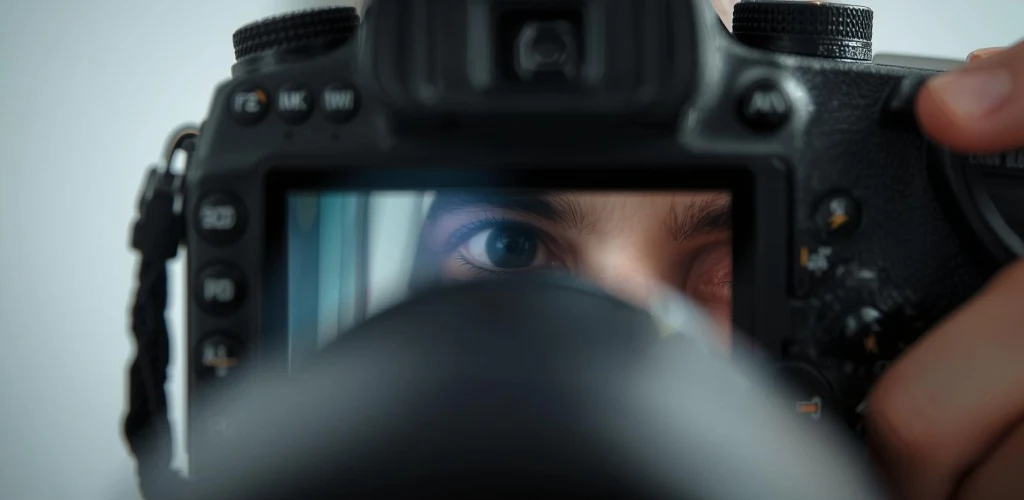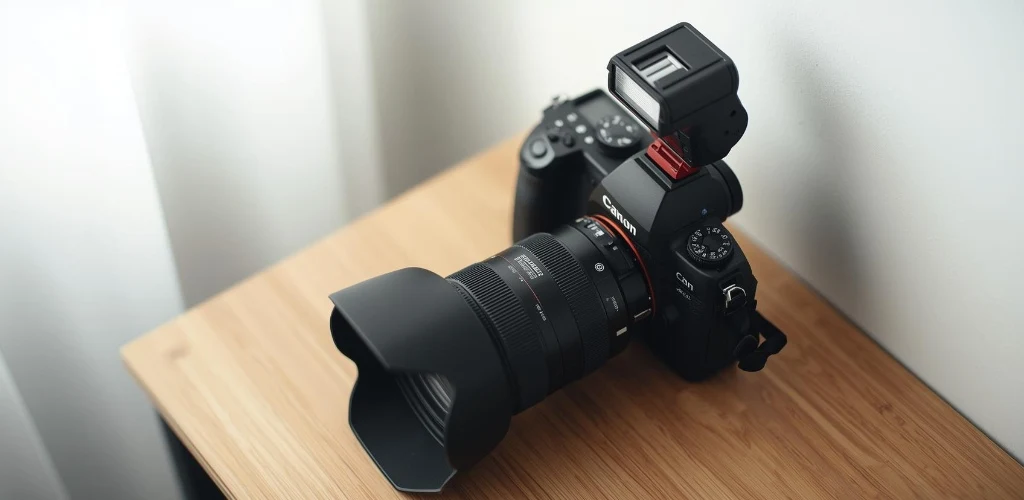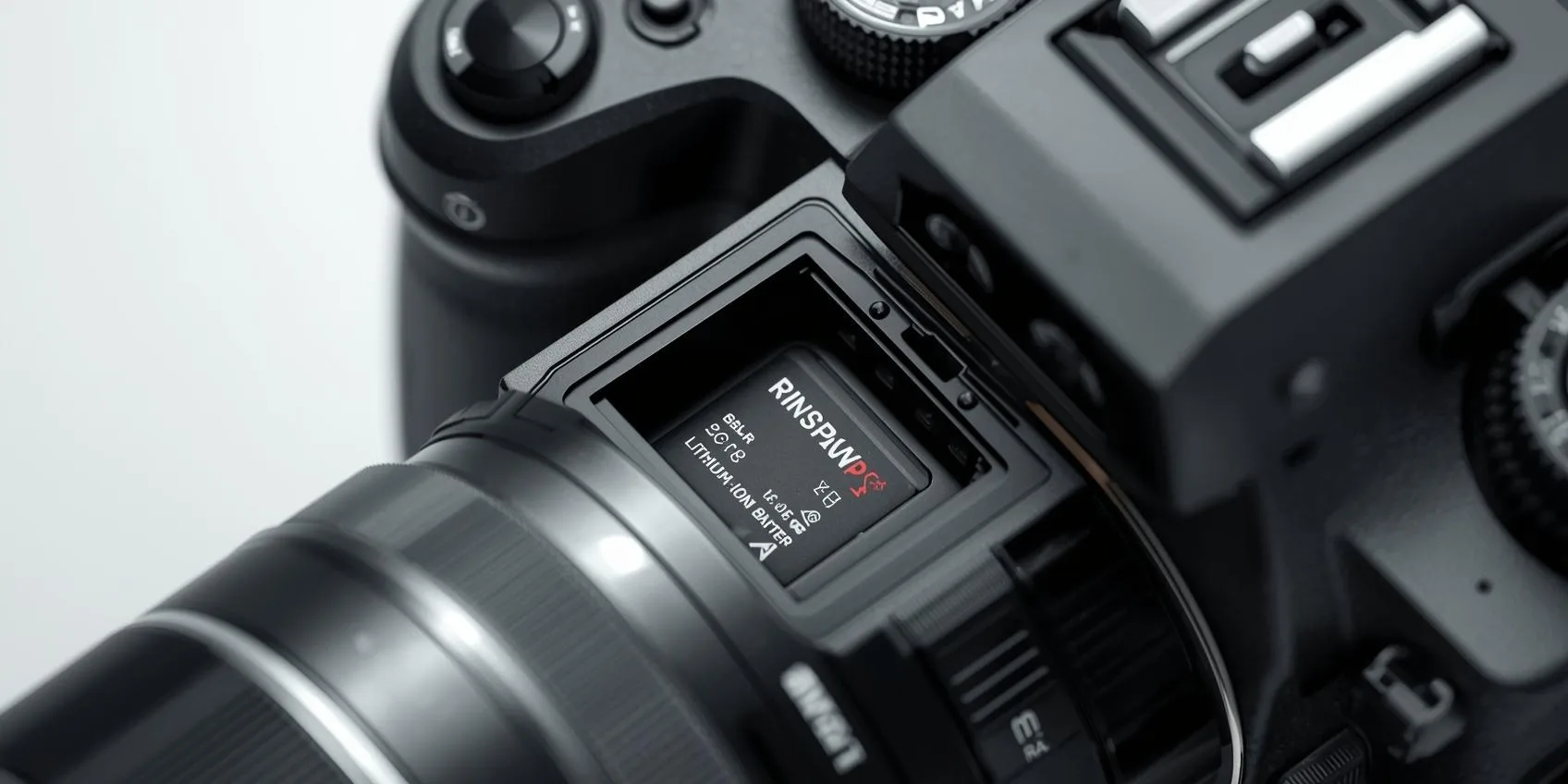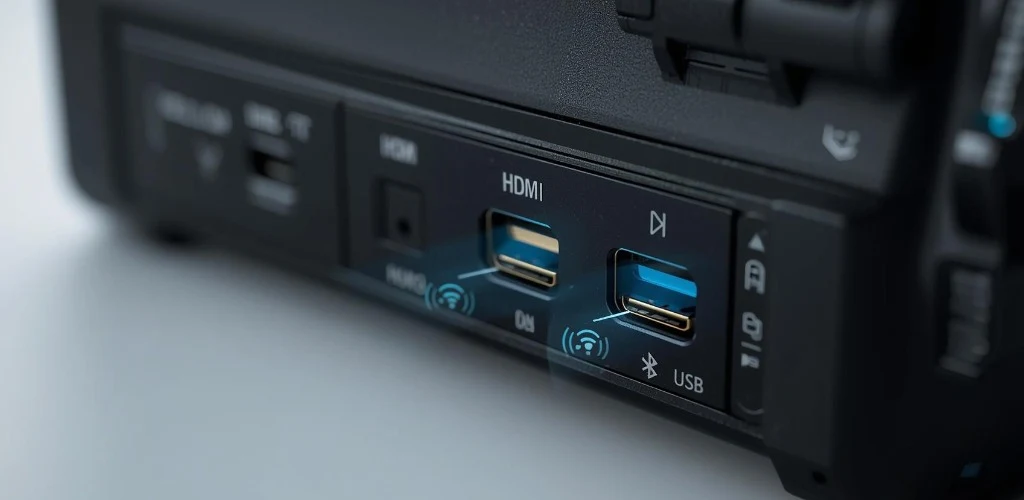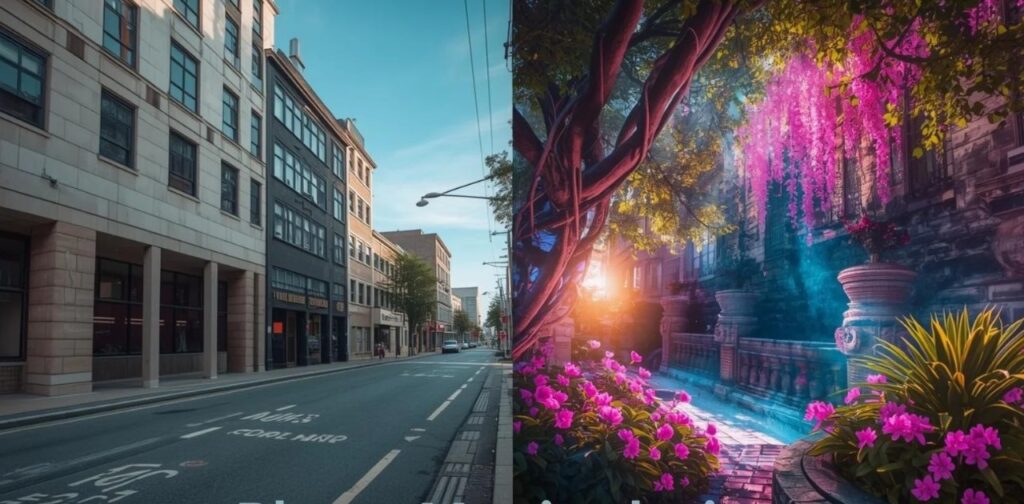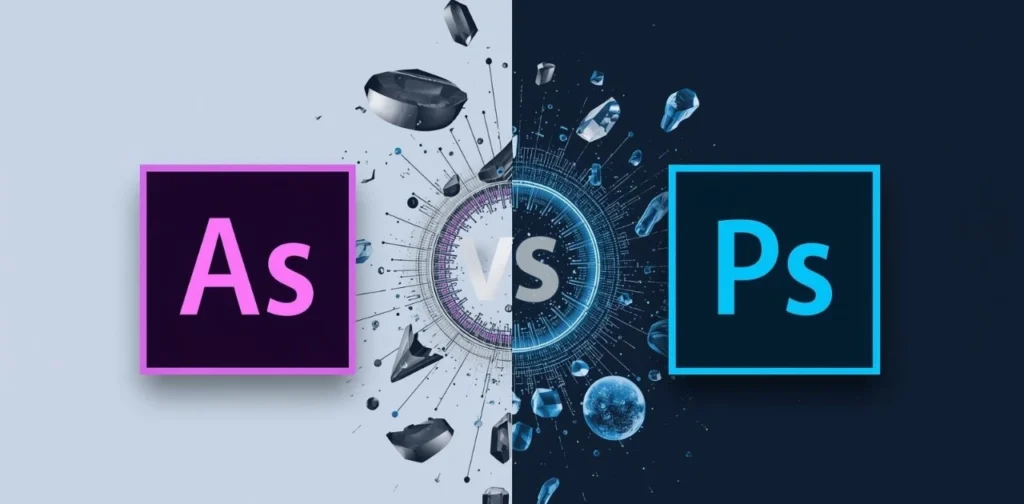A camera is more than just a tool for taking pictures. Inside it, many small parts work together, lens, aperture, shutter, and sensor. Learning the parts of a camera helps you see why some photos look sharp while others come out blurry. It also makes it easier to fix common problems like poor light or shaky images.
Different cameras have their own designs. A DSLR camera has a mirror and many buttons. A digital camera is light and easy to carry. A film camera still uses rolls of film and gives a classic look. A security camera is built for safety and records all day. Yet, all of them share the same basic parts. Let’s explore them step by step.
The 5 Basic Parts of a Camera (Quick Answer)
Every camera, from the simplest film model to the latest DSLR, shares five core parts. These are the building blocks of photography. Once you understand them, taking better photos feels less like luck and more like control.
Lens – focuses light
The lens acts like the eye of the camera. It bends and directs light so the subject looks sharp. A high-quality lens can make even an old camera feel new. My friend once lent me a Canon DSLR with a prime lens, and the clarity amazed me, it felt like switching from standard TV to HD.
Aperture – controls light entry
Inside the lens sits the aperture, a small opening that gets wider or narrower. A wide aperture lets in more light, making photos brighter and backgrounds blurrier. A small aperture does the opposite. Ever wondered why portraits have that dreamy blur? That’s the magic of aperture.
Shutter – regulates exposure time
The shutter decides how long the sensor or film sees light. A fast shutter freezes motion, while a slow one creates blur or light trails. Once, shooting traffic at night with a slow shutter made the glowing lines from car headlights look like art
Image Sensor or Film – captures the image
This is where the picture is stored. Modern cameras use sensors, while older ones rely on film. Both do the same job—turning light into memory. Without this part, a camera is just a box with glass.
Viewfinder or Screen – allows composition
Before pressing the button, you need to frame the shot. The viewfinder or LCD screen helps you see what you’re capturing. A bright screen makes it easy, but some still love the classic feel of putting their eye to the viewfinder.
These five parts, lens, aperture, shutter, sensor/film, and viewfinder, are the heart of any still camera. Do you notice how each one affects the final photo? Once you connect these dots, even a simple camera starts to feel like a powerful tool in your hands.
Camera Body and Core Components
Camera Body Explained
The camera body is the foundation that holds all the other parts in place. It works as both structure and protection, keeping delicate parts like the sensor and shutter safe from damage. The durability of the body often depends on the material—plastic for entry-level models, magnesium alloy for professional gear. A solid body can handle long use, rough handling, and even changing weather.
Different systems bring different designs. A DSLR body tends to be bigger because it needs room for the mirror and pentaprism. A mirrorless body is slimmer, easier to carry, and relies on electronic viewfinders instead of mirrors. Film bodies feel more mechanical, with slots for film rolls and winding knobs. Each style serves its purpose, and many photographers choose based on weight, handling, and budget.
Lens (Parts of a Camera Lens)
The lens is where light first enters the camera. At the very front is the glass element that bends light toward the sensor. The focus ring helps you sharpen the subject, while the zoom ring changes how close or wide the subject appears.
There are two broad categories of lenses. Prime lenses have a fixed focal length, so they cannot zoom, but they give sharper results and often let in more light. Zoom lenses offer flexibility by covering multiple focal lengths in one piece of glass. When we switched from a kit zoom lens to a 50mm prime, the sharpness instantly made our clients’ portraits look more professional.
The lens is often the single most important part of image quality. A good lens can last for decades, even as you upgrade camera bodies.
Aperture
The aperture sits inside the lens and works like the pupil of an eye. It opens wide to let in more light or closes down to reduce light. The blades that make up the aperture create a round opening, which can change shape depending on the setting.
A wide aperture, like f/1.8, allows bright images and a shallow depth of field. This is why portraits often have blurred backgrounds. A small aperture, like f/16, lets in less light but keeps more of the scene sharp, perfect for landscapes. Once you learn how aperture works with shutter speed and ISO, you start to gain true control of exposure.
Shutter Mechanism
The shutter acts as the gatekeeper of light. A mechanical shutter uses moving curtains to block or reveal the sensor. An electronic shutter does the same job digitally with no moving parts, making it silent and fast.
Shutter speed controls how long light reaches the sensor. At 1/1000 of a second, motion freezes. At 1/4 of a second, light trails and motion blur appear. Photographers often experiment here for creative effects, sports shots need fast shutters, while night photography often uses slow ones.
Image Sensor / Film Plane
The sensor or film plane is where the magic happens. In digital cameras, sensors like CMOS or CCD convert light into data. Film cameras use rolls of film coated with chemicals that react to light. Both have the same purpose: capturing an image.
Sensor size makes a big difference in quality. A full-frame sensor is larger and gathers more light, which helps in dark conditions. APS-C and Micro Four Thirds are smaller, making cameras lighter and cheaper. This is one reason professionals often invest in full-frame systems, while hobbyists enjoy the balance of smaller sensors.
Viewfinder & LCD Screen
Framing a shot is easier with the viewfinder or screen. DSLRs often use optical viewfinders, which reflect the real scene through a mirror system. Mirrorless cameras depend on electronic viewfinders, showing a digital preview that helps you see exposure changes in real time.
The LCD screen is another tool. It lets you compose using live view, check photos after shooting, and even control settings with touch gestures. Some screens tilt or flip, which makes them great for vlogging or shooting at odd angles.
Other Essential Parts of a Camera
Flash & Hot Shoe
Light is everything in photography, and the built-in flash gives you a quick boost when the scene is too dark. It’s not very powerful but can save the moment. The hot shoe on top of the camera lets you attach an external flash or other accessories like microphones and wireless triggers. External flashes are stronger and more flexible—you can bounce light off a ceiling or wall for a softer look.
Many professionals rarely use the built-in flash because it creates harsh light. Instead, they mount a speedlight or even studio lights through the hot shoe. Once I tried bouncing an external flash off a white wall, and the results looked more natural than any built-in flash could deliver.
Battery & Memory Card Slot
Every camera runs on batteries, and without them, the camera is just a piece of metal and plastic. Most modern cameras use rechargeable lithium-ion batteries that last a few hundred shots per charge. Long shoots often require carrying at least one spare.
The memory card slot stores your images, replacing the role of film. Popular formats include SD cards and CFexpress for high-speed shooting. A card with fast read and write speeds is vital for 4K video or burst photography. Losing power or storage space during an event can be frustrating, which is why professionals carry multiple batteries and cards at all times.
Buttons & Dials
Buttons and dials give you hands-on control of the camera. The mode dial switches between auto, manual, or semi-manual settings. The shutter button is the trigger for every shot, while dials control ISO, aperture, and shutter speed.
The layout varies from brand to brand. Canon, Nikon, and Sony all place buttons slightly differently. Getting used to your layout can take time, but once it feels natural, changing settings becomes second nature. I remember my first wedding shoot, I fumbled with the ISO button at first, but after a few weeks of practice, I could change it without even looking.
Ports & Connectivity
Modern cameras are not just for shooting photos; they also connect to other devices. HDMI ports send video directly to monitors or recorders. USB ports allow file transfer and sometimes even tethered shooting with a laptop. A microphone jack improves audio quality for video work.
Many cameras now include Wi-Fi or Bluetooth. This makes it simple to send photos straight to your phone and share them online in seconds. Some systems also let you control the camera remotely from an app. Years ago, transferring photos meant carrying cables and card readers. Now, with wireless tools, photographers can deliver images on the spot.
Special Camera Types and Their Parts
DSLR Camera Parts (with diagram reference)
The parts of a DSLR camera are easy to spot once you know them. Inside sits the mirror box, which sends light up to the pentaprism. This prism flips the view so you see the scene as it really is.
One more key feature is interchangeable lenses. You can swap a zoom for a wide lens or use a prime for sharp shots. This is why the parts of a digital SLR camera are still loved by many pros today.
Digital Camera Parts
The parts of a digital camera are simple and compact. Most have a fixed lens, a small flash, and an image sensor. There is no mirror box or prism, so the body is light and slim.
A digital camera gives you the basics: lens, shutter, aperture, sensor, and LCD screen. It is great for travel or family photos when you want quick shots without heavy gear.
Film Camera Parts
The parts of a film camera feel more hands-on. Inside is the film compartment, where you load the roll. After each shot, you push the film advance lever to move the roll. At the end, you turn the rewind knob to pull the film back before removing it.
Film takes more time, but many people still enjoy it. My uncle’s old Nikon film camera made a loud “click” each time the lever moved. That sound felt almost as fun as the photo itself.
Security Camera Parts
The parts of a security camera are built for 24-hour use. The lens captures the view. IR LEDs add night vision so it can record in the dark. The outer housing keeps the system safe from dust, rain, or damage.
Most units connect to a DVR or NVR that stores the video. Newer ones send footage straight to your phone with Wi-Fi. Unlike DSLRs or film cameras, these are not made for art. They are made to keep watch.
Camera Kit Accessories
A camera is not complete without its kit. The parts of a camera kit make shooting easier, safer, and often more creative. Some tools may seem small, but they can change the whole experience.
Tripod
A tripod gives stability. It keeps the camera still for long exposures, night shots, or group photos where you want to be in the frame. Many photographers say their tripod is like a silent friend, it never moves, never shakes.
Lens Filters
Filters go on the front of the lens. A UV filter protects the glass, a polarizer reduces glare, and an ND filter helps in bright light. Each one changes how the final photo looks. Think of them as sunglasses for your camera.
Camera Bag
The bag carries everything. It shields your gear from dust, rain, and sudden bumps. A good bag has soft padding inside and space for batteries, memory cards, and cables. Walking through a crowded market, I felt safe knowing my DSLR, lenses, and cards were secure inside my bag.
These accessories are not as famous as the lens or shutter, but they are still vital. Together, they complete the parts of a camera kit and help both beginners and professionals capture better moments. Do you already use a tripod or filters, or are you still carrying your camera without a bag?
Labeled Camera Diagrams
A picture often explains more than words. That’s why many learners ask for a parts of a camera diagram. With a clear, labeled view, it becomes much easier to understand how each piece connects to the other.
A DSLR diagram usually shows the body, lens, shutter, aperture, mirror box, pentaprism, viewfinder, and sensor. Seeing these labels on one image helps you connect terms to the real buttons and glass you hold in your hands. The first time I saw a labeled DSLR diagram, I finally understood why my viewfinder worked differently than the LCD screen.
A film camera diagram looks simpler but still includes key parts: the film compartment, advance lever, rewind knob, lens, aperture, and shutter. Many photography teachers still use these diagrams to explain the basics because film cameras show the mechanical side more clearly.
So, if someone asks you to label the parts of a camera, both DSLR and film diagrams give the full picture. A quick glance at such a diagram can save hours of confusion, especially for beginners who feel lost in the names of camera parts. Imagine it like a map—once you know where each road goes, the whole city feels easier to travel.
Common Questions About Camera Parts
Even simple words can cause confusion. Many people search for unusual terms and wonder if they are real camera parts. Let’s clear up some of the most common ones.
Is “swank” part of a camera?
No. “Swank” is not part of any camera. It may appear in some online quizzes or jokes, but it has no link to lenses, shutters, or sensors. I once saw a photography group laughing about this word because a beginner asked if they could buy a “swank” for their DSLR. So if you hear it again, smile—it’s not real.
Is a gully part of a camera?
Again, no. A gully is a small channel formed by running water in soil. It has nothing to do with cameras. Some people mistake it for a technical term, but it doesn’t exist in photography. Do you think mixing words like this makes learning harder? That’s why checking a reliable guide matters.
What about parts of a Canon camera?
Canon is one of the biggest camera brands in the world. The parts of a Canon camera include the same essentials: body, lens, aperture, shutter, sensor, and viewfinder. What makes Canon special is its design and layout. For example, the buttons and menus on a Canon DSLR feel different from Nikon or Sony. I remember switching from Nikon to Canon for a travel shoot—it took me a full day to get used to the button placement, but after that, the camera felt natural in my hands.
Conclusion
Every camera is built from the same core parts, lens, aperture, shutter, sensor, and viewfinder. Around them are extras like flash, buttons, and accessories that complete the parts of a camera kit. No matter if it’s DSLR, digital, film, or security, these basics always matter.
Learning how each part works makes photography easier and more fun. Once you see the link between light, focus, and exposure, every photo feels more like a story you can shape.

